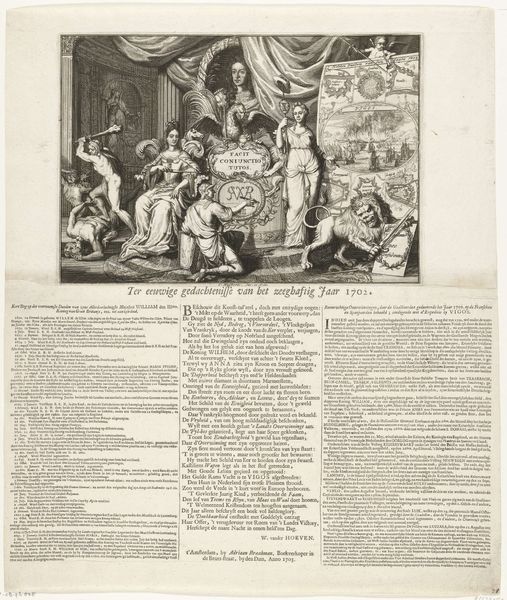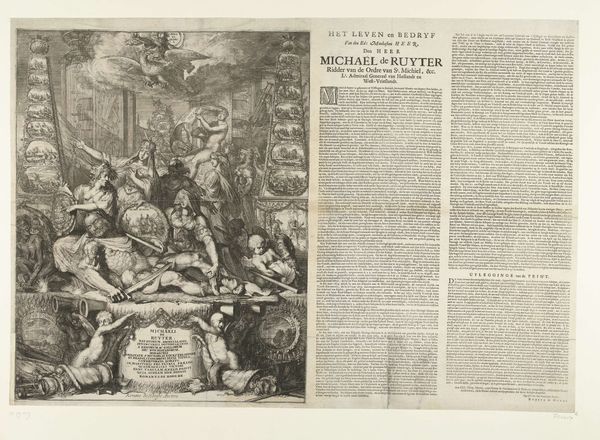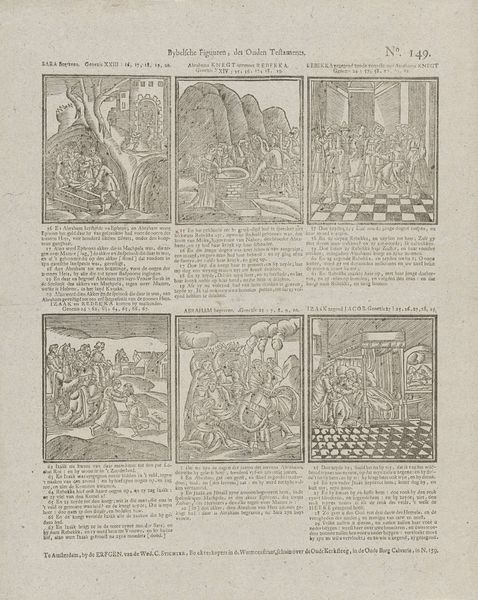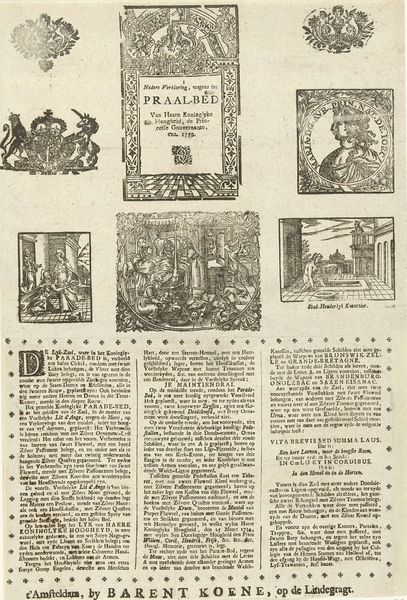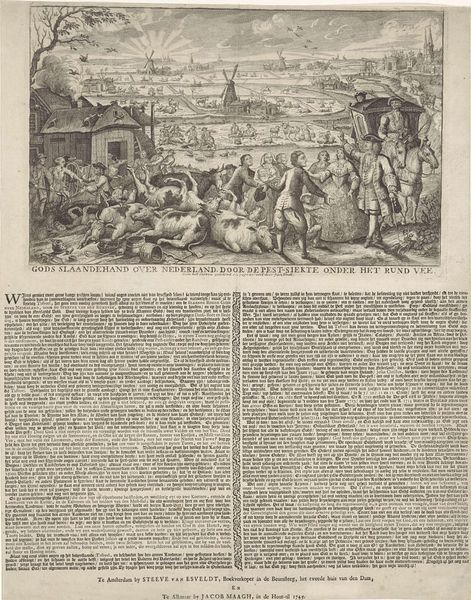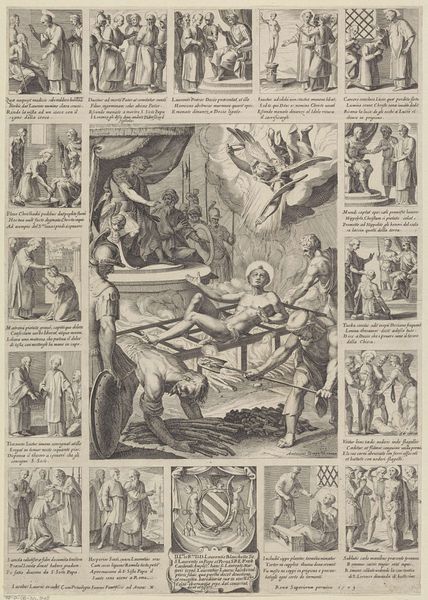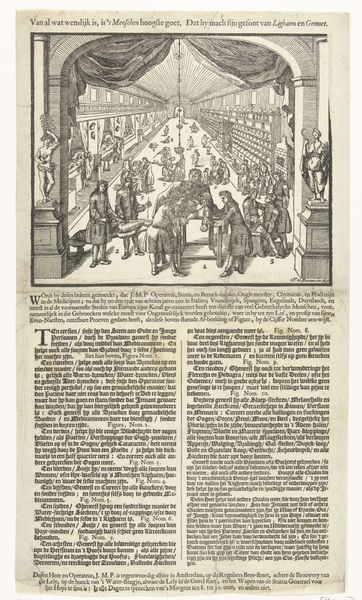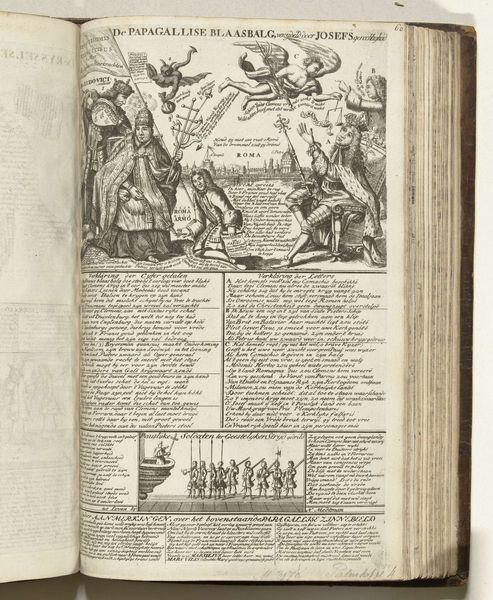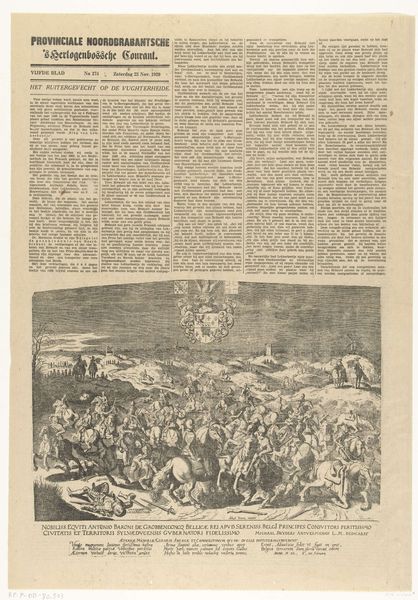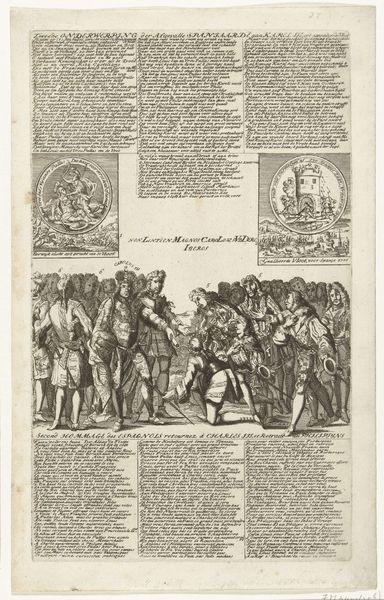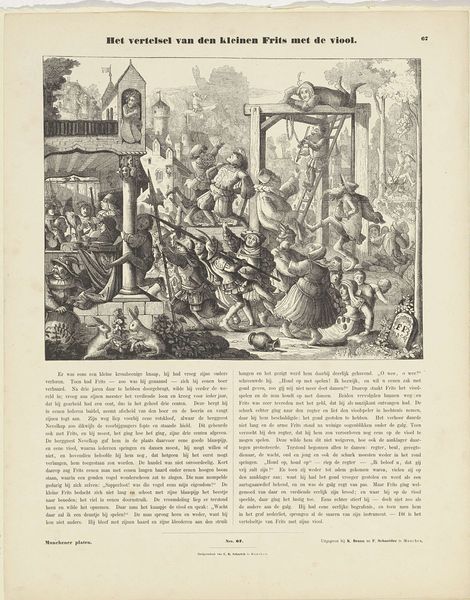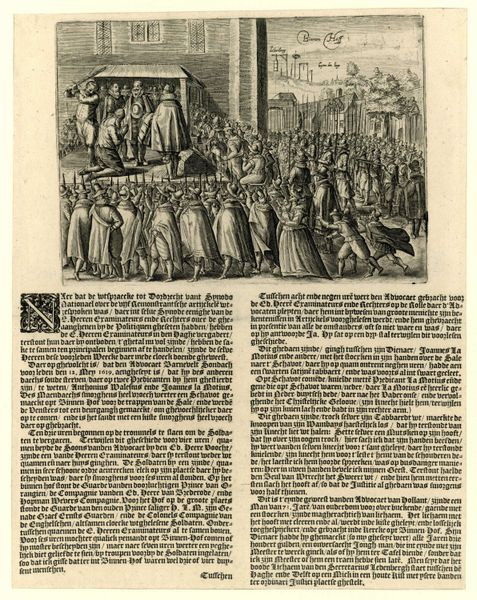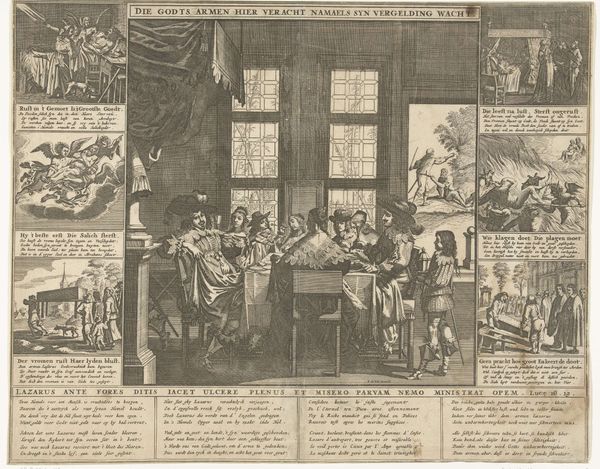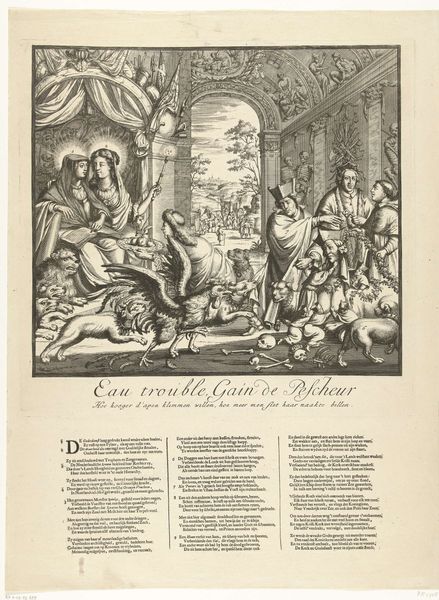
print, engraving
#
narrative-art
#
baroque
# print
#
old engraving style
#
history-painting
#
engraving
Dimensions: height 413 mm, width 320 mm
Copyright: Rijks Museum: Open Domain
Editor: Here we have an engraving from 1637 titled "Moord op Sebastiaen de la Ruelle, burgemeester van Luik, 1637," artist is Anonymous. It looks like a series of panels depicting the murder of a mayor. It feels very graphic and...well, like propaganda. What's your take on this? Curator: It’s the intersection of craft, labour, and information dissemination that interests me. Engravings like these were a primary method of circulating news, and shaping public opinion. Notice the text alongside the imagery; how does the inscription reinforce a certain point of view on the social classes represented in this work? Editor: The text… it looks incredibly dense. And it surrounds the image like it’s boxing it in. So, the story isn't just in the panels, it's also dependent on the text? Was that a normal function for art at that time, or for printed engravings specifically? Curator: Exactly! Printmaking democratized art and information. Who controlled the means of production – the printing press, the engraver's tools, the access to distribution – held significant power. The materials and production were very important for its overall message. Consider the labor involved; this wasn’t painting for the elite, this was mass production. It became a tool. Editor: So it’s not necessarily about the artistry, or the individual skill of the artist… it’s more about how accessible these prints became. It makes me consider how the cost to print affected availability and affordability for a broader segment of society. Curator: Precisely. The materiality of the print, the relative cheapness of paper, and the mechanics of reproduction are all key factors. How does understanding this shift our perception of "high art"? Editor: This shifts everything for me. Thinking about it as a produced commodity designed for social impact completely reframes it from merely historical record to social activism! Thanks, I never would have seen this at first glance. Curator: These kinds of prints serve to illuminate how art is intertwined with production, access, and power structures. Looking at these panels allows one to trace the story not just of a murder, but also of evolving society.
Comments
No comments
Be the first to comment and join the conversation on the ultimate creative platform.
